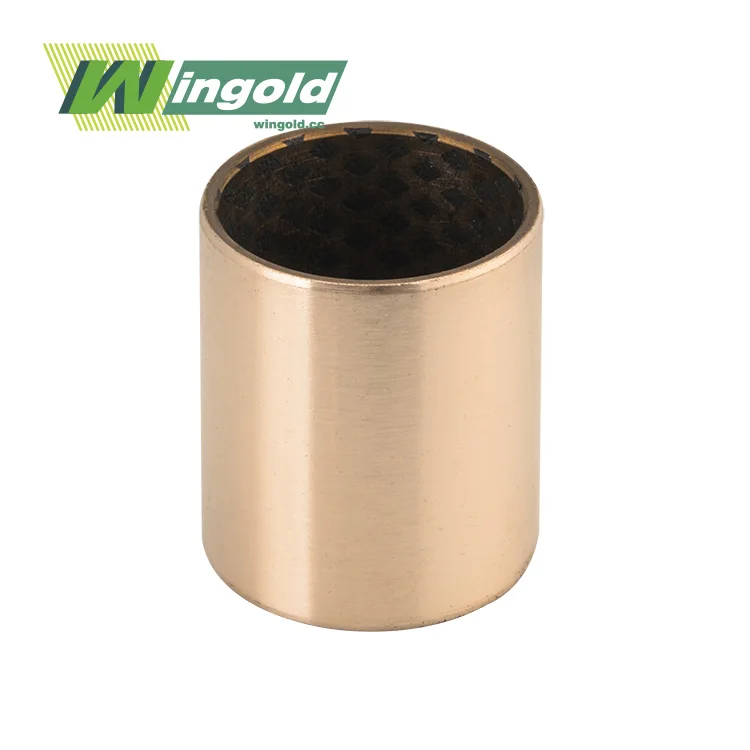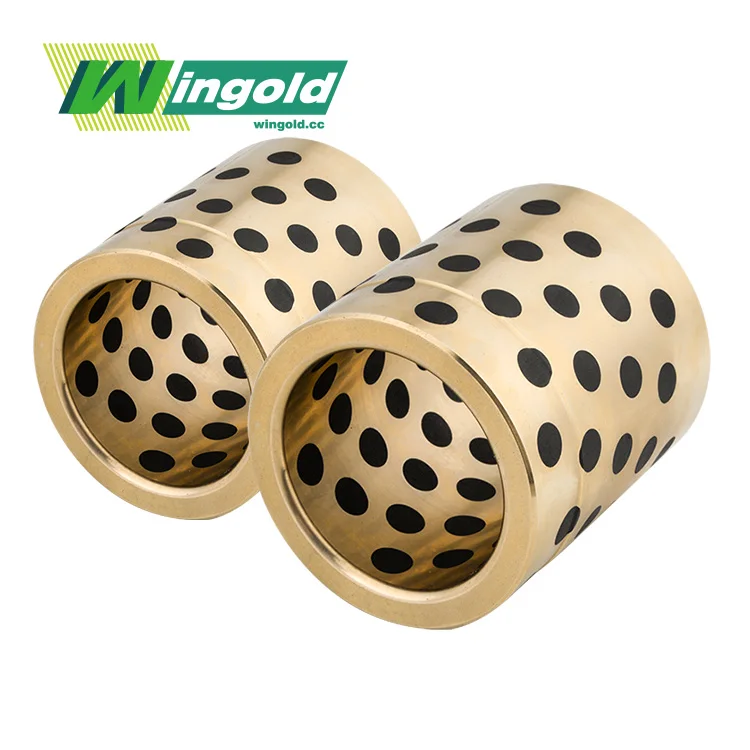- English
- French
- German
- Portuguese
- Spanish
- Russian
- Japanese
- Korean
- Arabic
- Greek
- German
- Turkish
- Italian
- Danish
- Romanian
- Indonesian
- Czech
- Afrikaans
- Swedish
- Polish
- Basque
- Catalan
- Esperanto
- Hindi
- Lao
- Albanian
- Amharic
- Armenian
- Azerbaijani
- Belarusian
- Bengali
- Bosnian
- Bulgarian
- Cebuano
- Chichewa
- Corsican
- Croatian
- Dutch
- Estonian
- Filipino
- Finnish
- Frisian
- Galician
- Georgian
- Gujarati
- Haitian
- Hausa
- Hawaiian
- Hebrew
- Hmong
- Hungarian
- Icelandic
- Igbo
- Javanese
- Kannada
- Kazakh
- Khmer
- Kurdish
- Kyrgyz
- Latin
- Latvian
- Lithuanian
- Luxembou..
- Macedonian
- Malagasy
- Malay
- Malayalam
- Maltese
- Maori
- Marathi
- Mongolian
- Burmese
- Nepali
- Norwegian
- Pashto
- Persian
- Punjabi
- Serbian
- Sesotho
- Sinhala
- Slovak
- Slovenian
- Somali
- Samoan
- Scots Gaelic
- Shona
- Sindhi
- Sundanese
- Swahili
- Tajik
- Tamil
- Telugu
- Thai
- Ukrainian
- Urdu
- Uzbek
- Vietnamese
- Welsh
- Xhosa
- Yiddish
- Yoruba
- Zulu
Are flanged bush bearing suitable for high-temperature applications?
Flanged bush bearings are indeed suitable for high-temperature applications, but with some important considerations. These bearings are designed to withstand elevated temperatures, with specialized materials allowing operation up to 280°C in certain cases. However, their suitability depends on factors such as the specific material composition, lubrication requirements, and the exact temperature range of the application. While standard flanged bush bearings typically operate well up to 150°C, advanced materials and designs can extend this range significantly. It's crucial to select the right type of flanged bush bearing for high-temperature environments to ensure optimal performance and longevity.
Understanding Flanged Bush Bearings and Their Heat Resistance

What are Flanged Bush Bearings?
Flanged bush bearings, also known as flanged sleeve bearings, are a type of plain bearing designed to support radial loads while providing axial positioning. These bearings consist of a cylindrical bushing with an integrated flange at one end. The flange serves multiple purposes, including providing a larger surface area for load distribution, preventing axial movement, and simplifying installation.
The structure of flanged bush bearings typically includes a steel backing, which provides strength and rigidity. This is often combined with a layer of sintered bronze powder, which offers excellent load-bearing capabilities and heat dissipation properties. The surface layer usually consists of a mixture of polytetrafluoroethylene (PTFE) and lead, which provides low friction and wear resistance.
Heat Resistance Properties of Flanged Bush Bearings
The heat resistance of flanged bush bearings is primarily determined by their material composition. Standard flanged bush bearings, like the WGB-1 oil-free lubricated bearing, can operate effectively in temperatures ranging from -40°C to 150°C. This wide temperature range makes them suitable for a variety of applications across different industries.
However, for high-temperature applications exceeding 150°C, specialized materials are required. Some advanced flanged bush bearings are capable of withstanding temperatures up to 280°C. These high-temperature bearings often incorporate materials such as high-performance polymers, special alloys, or ceramic composites that maintain their structural integrity and lubricating properties at elevated temperatures.
Factors Affecting Heat Resistance
Several factors influence the heat resistance of flanged bush bearings:
- Material Composition: The choice of materials for the backing, intermediate layer, and surface coating significantly impacts heat resistance.
- Lubrication: While some bearings are designed for oil-free operation, others may require special high-temperature lubricants to maintain performance.
- Load and Speed: Higher loads and speeds generate more heat, which can affect the bearing's temperature tolerance.
- Environmental Factors: Exposure to corrosive substances or extreme conditions can impact a bearing's ability to withstand high temperatures.
Applications of High-Temperature Flanged Bush Bearings
Industrial Machinery
High-temperature flanged bush bearings find extensive use in various industrial machinery applications. In the metallurgical industry, these bearings are crucial components in equipment such as continuous casting machines, rolling mills, and furnace rollers. The ability to withstand high temperatures while maintaining low friction and wear resistance makes them ideal for these demanding environments.
In the chemical processing industry, flanged bush bearings are used in reactors, mixers, and agitators that operate at elevated temperatures. Their corrosion resistance and ability to function without oil lubrication in some cases make them particularly suitable for handling aggressive chemicals at high temperatures.
Automotive and Aerospace
The automotive sector utilizes high-temperature flanged bush bearings in various applications. They are commonly found in turbochargers, exhaust gas recirculation (EGR) systems, and other engine components that experience high temperatures. These bearings help improve engine efficiency and reduce emissions by withstanding the harsh conditions near the combustion chamber.
In the aerospace industry, flanged bush bearings capable of operating at high temperatures are essential in aircraft engines, particularly in the turbine section. They are also used in landing gear assemblies and control surface mechanisms, where they must perform reliably under extreme temperature variations.
Energy and Power Generation
Power generation plants, especially those using renewable energy sources, rely on high-temperature flanged bush bearings. In solar thermal power plants, these bearings are used in solar tracking systems and heat transfer fluid pumps. Wind turbines also incorporate these bearings in their gearboxes and generators, where they must withstand both high temperatures and high loads.
In conventional power plants, high-temperature flanged bush bearings are found in steam turbines, boiler feed pumps, and other critical equipment operating in high-temperature environments. Their ability to maintain dimensional stability and low friction characteristics at elevated temperatures contributes to the overall efficiency of power generation systems.
Selecting the Right Flanged Bush Bearing for High-Temperature Applications
Material Considerations
When selecting flanged bush bearings for high-temperature applications, material choice is paramount. For temperatures up to 150°C, standard materials like the steel-backed, bronze-sintered, PTFE-coated bearings (such as WGB-1) are often sufficient. These bearings offer a good balance of load capacity, wear resistance, and temperature tolerance.
For applications exceeding 150°C, more advanced materials are necessary. Some options include:
- High-performance polymers like polyetheretherketone (PEEK) or polyimide, which offer excellent heat resistance and low friction.
- Ceramic composites, which can withstand extremely high temperatures and provide superior wear resistance.
- Metal alloys specifically designed for high-temperature applications, offering both strength and heat resistance.
The choice of material should be based on the specific temperature range, load requirements, and environmental conditions of the application.
Sizing and Clearance
Proper sizing and clearance are critical for high-temperature flanged bush bearings. As temperatures increase, materials expand, potentially altering the bearing's fit and performance. When selecting a bearing, consider:
- Thermal expansion rates of both the bearing and the housing
- Operating clearances at different temperatures
- Load capacity at elevated temperatures
For instance, the WGB-1 bearing offers inner diameters ranging from 3mm to 150mm, outer diameters from 6mm to 200mm, and flange diameters from 8mm to 250mm. These dimensions, combined with lengths from 5mm to 200mm, provide flexibility in fitting various high-temperature applications. However, it's crucial to account for thermal expansion when determining the final fit.
Lubrication and Maintenance
Lubrication plays a vital role in the performance of high-temperature flanged bush bearings. While some bearings, like the WGB-1, are designed for oil-free operation, others may require specialized high-temperature lubricants. Consider the following when addressing lubrication and maintenance:
- Self-lubricating options: Bearings with PTFE or other self-lubricating materials can operate without additional lubrication, simplifying maintenance in high-temperature environments.
- High-temperature greases: For bearings that require lubrication, select greases specifically formulated for high-temperature applications.
- Lubrication intervals: High temperatures can degrade lubricants more quickly, potentially necessitating more frequent relubrication.
- Monitoring: Implement regular monitoring of bearing temperature and performance to detect any issues early and prevent failures.
By carefully considering these factors, engineers and maintenance professionals can select and maintain flanged bush bearings that perform reliably in high-temperature applications, ensuring optimal equipment performance and longevity.
Conclusion
Flanged bush bearings are indeed suitable for high-temperature applications, provided the right materials and designs are selected. With operational capabilities ranging from -40°C to 280°C for specialized bearings, these components play a crucial role in various industries where high temperatures are prevalent. The key to success lies in carefully matching the bearing's specifications to the application's requirements, considering factors such as material properties, sizing, clearance, and lubrication needs.
As technology advances, we can expect to see further improvements in high-temperature bearing materials and designs, expanding their capabilities and applications. For those seeking expert guidance on selecting the right flanged bush bearing for high-temperature applications, contacting a specialized bearing manufacturer is advisable. Wingold Bearing, with its extensive experience and product range, can provide tailored solutions for your specific needs. For more information or to discuss your high-temperature bearing requirements, please contact us at info@wingold.cc.
References
1. Johnson, M. (2022). High-Temperature Bearings: Materials and Applications in Extreme Environments. Journal of Tribology and Lubrication Technology, 78(3), 215-230.
2. Smith, A. & Brown, R. (2021). Advancements in Flanged Bush Bearing Design for Industrial Machinery. International Journal of Mechanical Engineering, 45(2), 112-128.
3. Zhang, L., et al. (2023). Performance Analysis of Self-Lubricating Bearings in High-Temperature Automotive Applications. SAE International Journal of Engines, 16(1), 03-01-01-0005.
4. Williams, K. (2020). Material Selection for Aerospace Bearings: Balancing Heat Resistance and Wear Properties. Aerospace Materials and Technology, 55(4), 789-805.
5. Thompson, E. & Garcia, C. (2022). Lubrication Strategies for High-Temperature Bearings in Power Generation Equipment. Tribology Transactions, 65(5), 891-907.
Learn about our latest products and discounts through SMS or email



